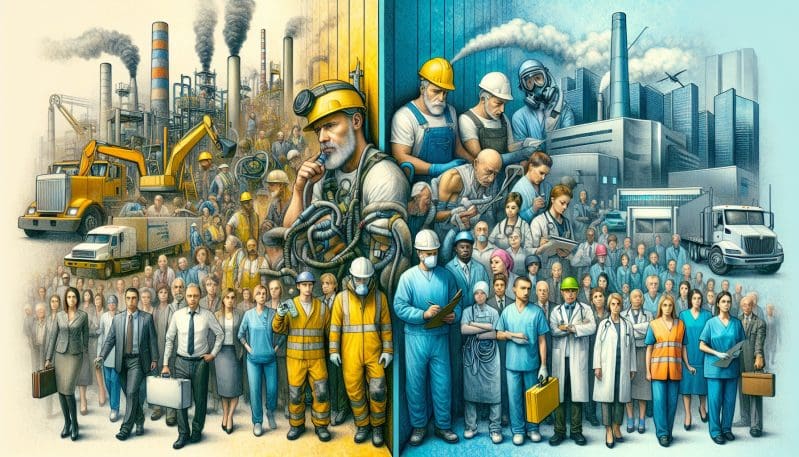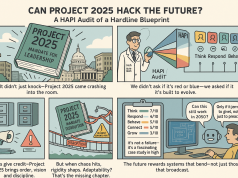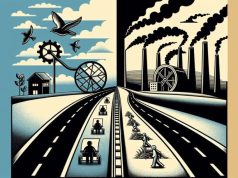In New York, the beating heart of industry and commerce, the blue-collar worker is an indispensable force shaping the city’s infrastructure, growth, and character. From construction sites that pierce the skyline, to sprawling warehouses, and the labyrinth of underground tunnels, these workers lay the groundwork of the metropolis. Yet, beneath the din of progress, there echoes a troubling narrative of health disparities, workplace dangers, and precarious access to healthcare that paint a different picture for these laborers.
The unique health challenges faced by blue-collar workers are numerous and complex. The physical nature of their jobs places them at a higher risk of occupational hazards, which include exposure to harmful substances, repetitive strain injuries, and accidents due to machinery or falls. In New York, construction workers grapple with the ‘Fatal Four’ – falls, struck-by incidents, electrocutions, and caught-in/between situations – which are responsible for a significant majority of industry fatalities. Meanwhile, sanitation workers face the perils of traffic accidents and exposure to waste, and manufacturing employees often work with hazardous materials without adequate protection.
Compounding these workplace safety issues is the struggle for comprehensive healthcare coverage. Many blue-collar workers operate on a contractual or part-time basis, making them ineligible for employer-sponsored health plans. The ones that do have coverage often encounter high deductibles and copays, which deter them from seeking necessary care. When injuries or illnesses arise from their work, they find themselves trapped in a cycle of medical bills, lost wages, and job insecurity.
Socioeconomic factors further exacerbate these health risks. With a number of blue-collar workers coming from immigrant or underprivileged backgrounds, linguistic barriers, lack of education about rights and benefits, and fears of job loss often prevent them from reporting unsafe conditions or seeking help. New York’s rising cost of living also means that any time off work can have devastating financial repercussions for these workers and their families.
While policies like the Occupational Safety and Health Act (OSHA) and New York’s Scaffold Law aim to protect workers, enforcement and awareness remain inconsistent. Programs like Workers’ Compensation offer some relief, but navigating the system is often complex and frustrating for those already in distress. Moreover, community health initiatives and mobile clinics attempt to bridge the gap, yet they fall short of addressing the systemic nature of the problem.
To truly improve outcomes for blue-collar workers, a multi-faceted approach is needed. Employers must prioritize workplace safety through rigorous training, regular inspections, and a culture that empowers employees to voice concerns. Policymakers should not only strengthen existing legislation but also promote access to affordable healthcare by considering alternative models, such as universal coverage or cooperative insurance pools tailored for blue-collar workers. Healthcare providers, for their part, can engage in occupational health outreach, offering preventative care and education specifically designed for the blue-collar demographic.
Now is the time for New York to lead the way in bridging the health divide. It must recognize the blue-collar workforce as the backbone of the city’s economy and make their well-being a priority. Only through collective action can we ensure that the health and safety of blue-collar workers are not casualties of progress but benchmarks of a city that truly values every contributor to its success.


























